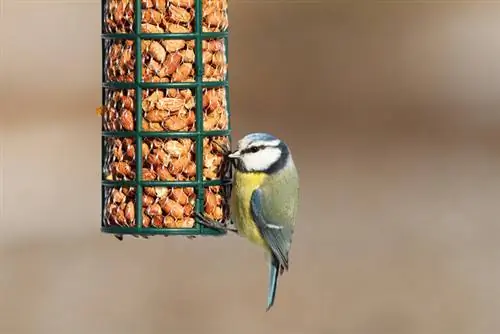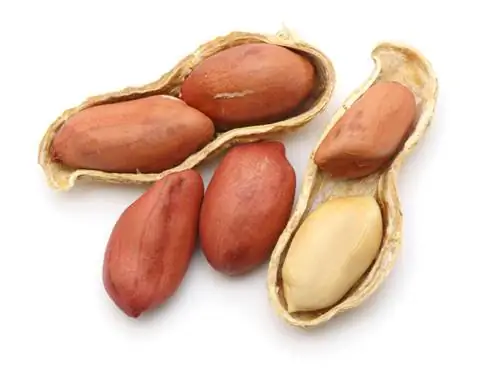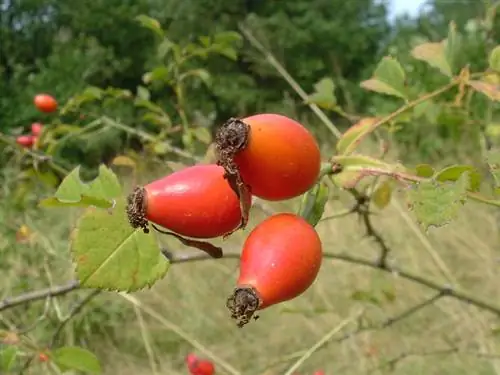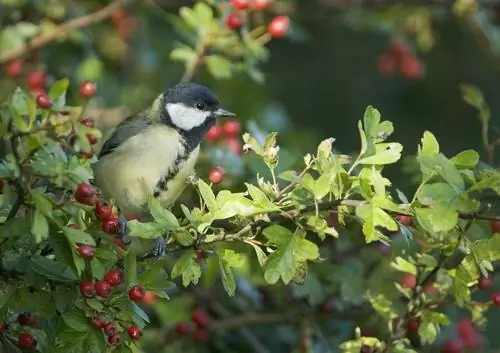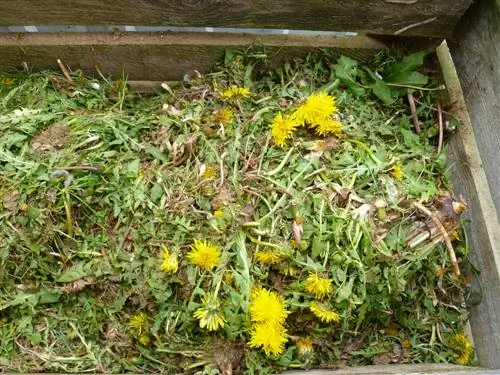- Author admin [email protected].
- Public 2023-12-16 16:46.
- Last modified 2025-01-23 11:21.
Feeding birds in winter has a long tradition in this country and is still quite controversial. The Nature Conservation Association Germany e. V. is of the opinion that feeding the animals, especially in winter, is recommended from an environmental educational point of view. Well-known scientists, such as the ornithologist Prof. Dr. Bertold even recommend feeding the birds well into the summer. Critics, however, are of the opinion that the natural selection mechanism would be disrupted if we simply presented animals with food on a silver platter.
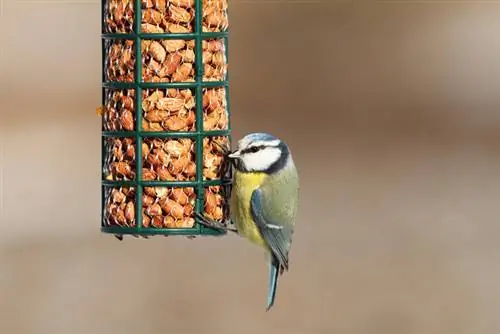
How do I feed birds correctly in autumn?
Birds should be fed in the fall to help them prepare for winter. Ideal food includes sunflower seeds, chopped nuts, mealworms and dried berries. Feed silos are particularly hygienic as they protect the feed from contamination.
We believe that you should do exactly what you believe is right. Nevertheless, we would like to give you some advice on how to feed blackbirds, thrushes, finches and tits correctly and sensibly over the winter.
Feed silos: the plus in terms of hygiene
These feeders have the advantage that the birds do not have the opportunity to walk around in the food and contaminate it with their droppings. This counteracts any possible transmission of pathogens and the food spread out in the storage silo cannot spoil, even over a longer period of time. It should be noted that the feed dispensers are placed in such a way that they are as far as possible protected from precipitation and that no rot can form inside. Apart from occasionally cleaning the storage container and refilling it with food that is as dry as possible, no other maintenance work is necessary.
But: Which food is actually at the top of the feathered guests' menu? Here is a quick overview:
- Blue Tit: chopped peanuts, sunflower seeds;
- Robins: chopped nuts, mealworms, raisins in coconut oil;
- Green woodpecker: apples, greased peanuts;
- Magpie: whole peanuts, corn kernels;
- Greenfinch: chopped nuts; Sunflower seeds, poppy seeds and hemp seeds;
- Blackbird: apples, oatmeal, raisins, dried berries, peeled sunflower seeds;
- Nuthatch: cereal flakes, hemp, hazelnuts, sunflower seeds;
- Goldfinch: seeds from dead perennials, sunflower seeds, chopped nuts;
- Jays, corn kernels, acorns, whole peanuts;
Sunflower seeds are the basic food that almost all birds love and you can't go wrong with the commercially available food mixtures. As grain eaters, the tits are particularly fond of plant seeds that are stored in fat and are commercially available as tit rings. You can make them yourself very easily. If you use bought ones, use ones without plastic nets if possible, as the animals often injure their legs. Foods that contain s alt should be completely avoided, especially bacon and boiled potatoes. Bread is also taboo for birds as it causes too much bloating in the animals' digestive system.
Always keep cats and rats away from food
Although birds naturally recognize and react very quickly to danger, birdhouses should be attached to a sufficiently high (at least 1.50 meter) and not too thick pole in the ground. If necessary, a cat protection belt or gate underneath the house can also help to slow down the four-legged intruders. Caution should also be exercised if food falls down or is placed or scattered on the ground to feed the birds. This attracts rats pretty quickly, so you should remove leftover food regularly.
Tip
Clean your birdhouse regularly, even in winter, to keep pathogens away from the animals. And: It is best to place a suitable drinking trough near the food source, which must be kept free of ice, especially in frosty temperatures.

